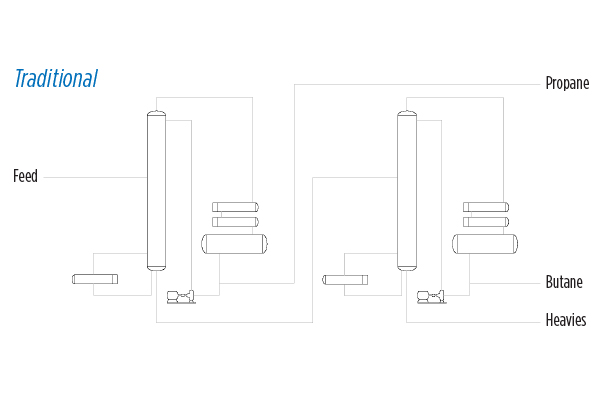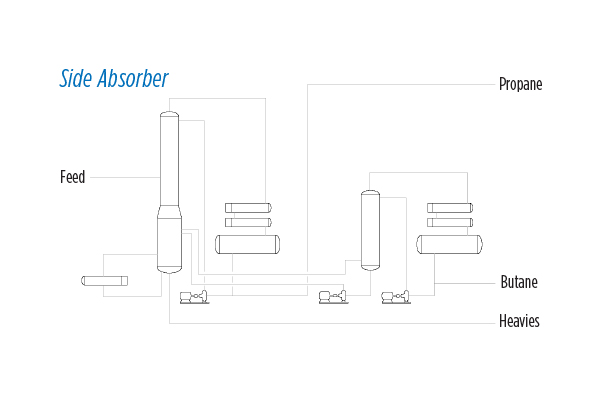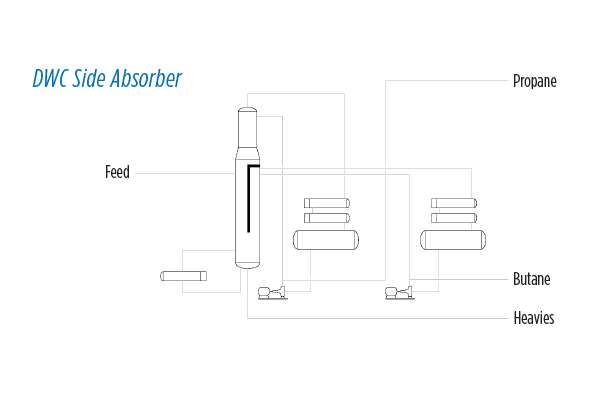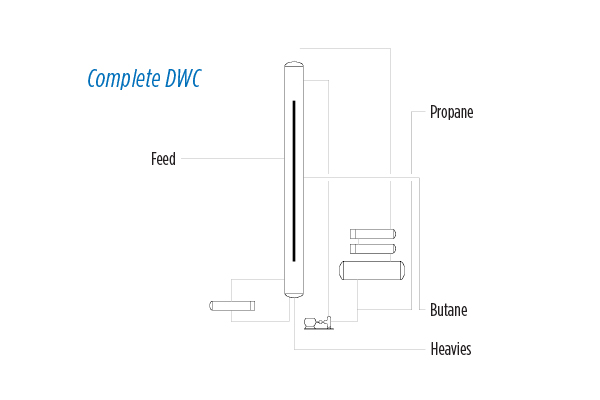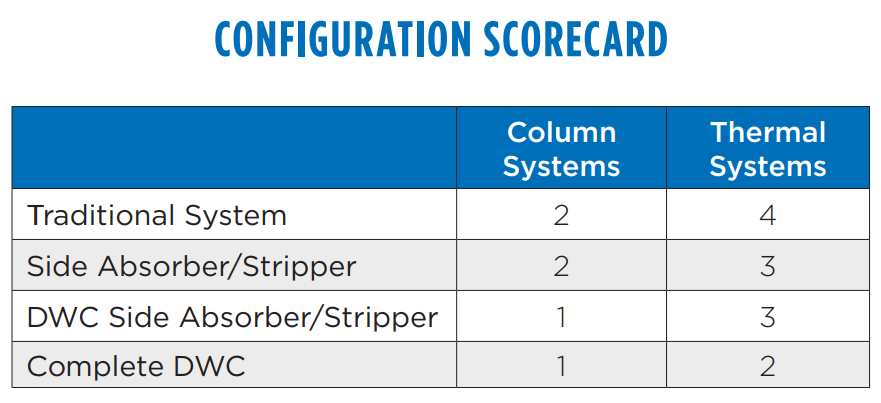Distillation has been the cornerstone of the process industries since its inception. The skyline of any major facility shows the prevalence of these systems. Distillation systems utilize heating and cooling cycles, which exploits the differences in component boiling temperatures to separate multicomponent mixtures into pure components.
Despite their widespread adoption, distillation systems have been relatively unchanged for well over half a century. The developments that have occurred have impacted unit capacity and associated equipment, with very little evolution of the actual unit operation.
Separations account for 22% of in-plant energy usage in the U.S., with distillation processes accounting for 49% of the total separation energy used in the refining and chemical processing industries, as reported by the U.S. Environmental Protection Agency. It is estimated that less than 5% of all energy usage in the U.S. is spent on these distillation systems. These separations technologies are known to account for 40-70% of both the capital and operating costs in the industry, according to the American Institute of Chemical Engineers. These separations applications can significantly impact costs, energy use and waste generation. The U.S. has over 40,000 distillation columns operating in more than 200 different processes, as reported by the U.S. Department of Energy.
This high usage rate is primarily due to distillation’s flexibility, low capital investment as compared to other separations technologies, and low operations risk. However, the energy efficiency of a commercial distillation column is low, with a thermodynamic efficiency of less than 10% being typical.
DWCs offer refineries the ability to reduce operating and capital costs by reconceptualizing the traditional distillation systems. DWCs are a type of distillation column that offers separate sections for differing compositions and independent vapor and liquid rates. The term DWCs encompasses not only the physical wall but also the varied process configurations that exploit the wall to improve thermal efficiency and reduce capital cost. These dividing sections combine the once-required multiple distillation systems into a single system with multiple products.
